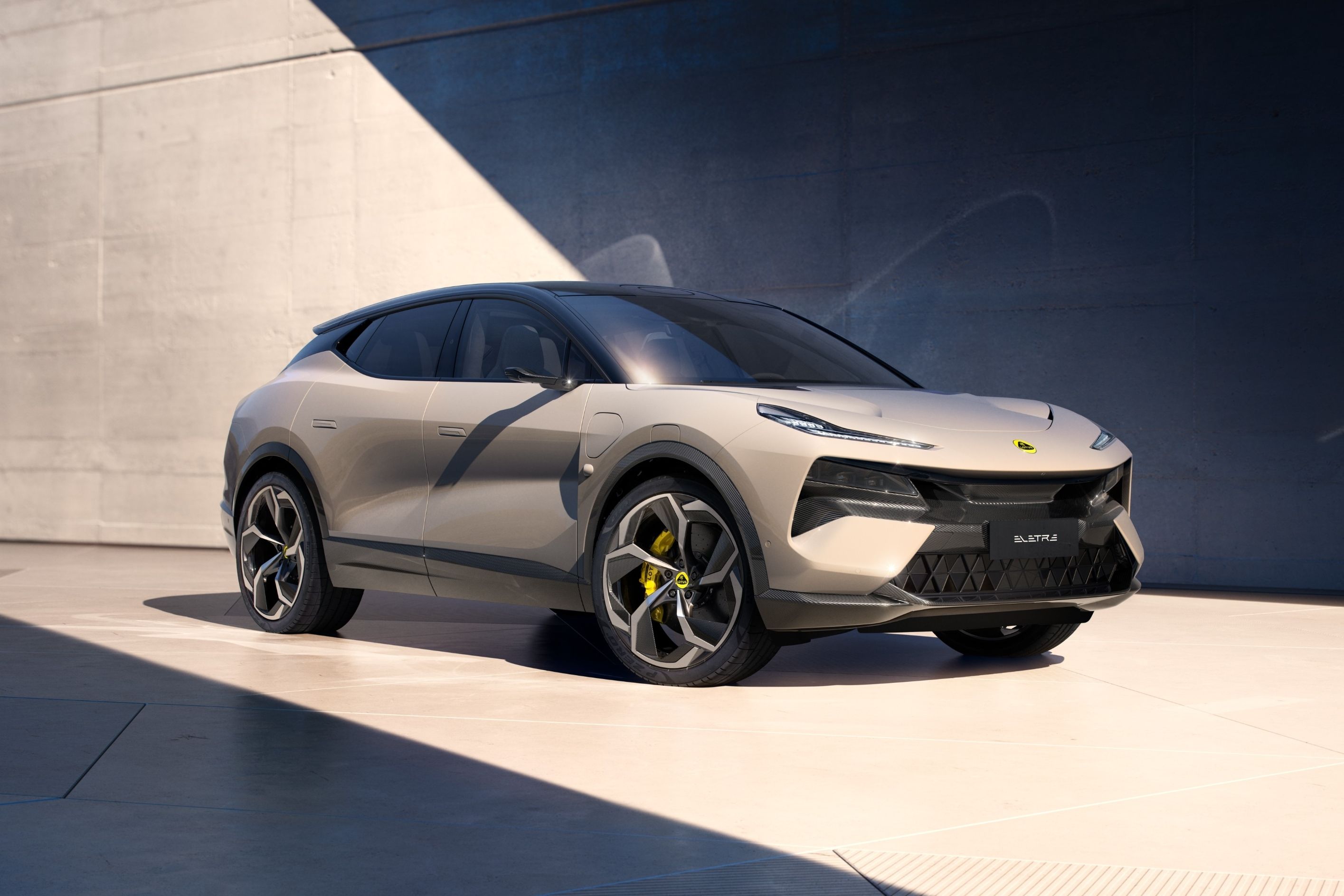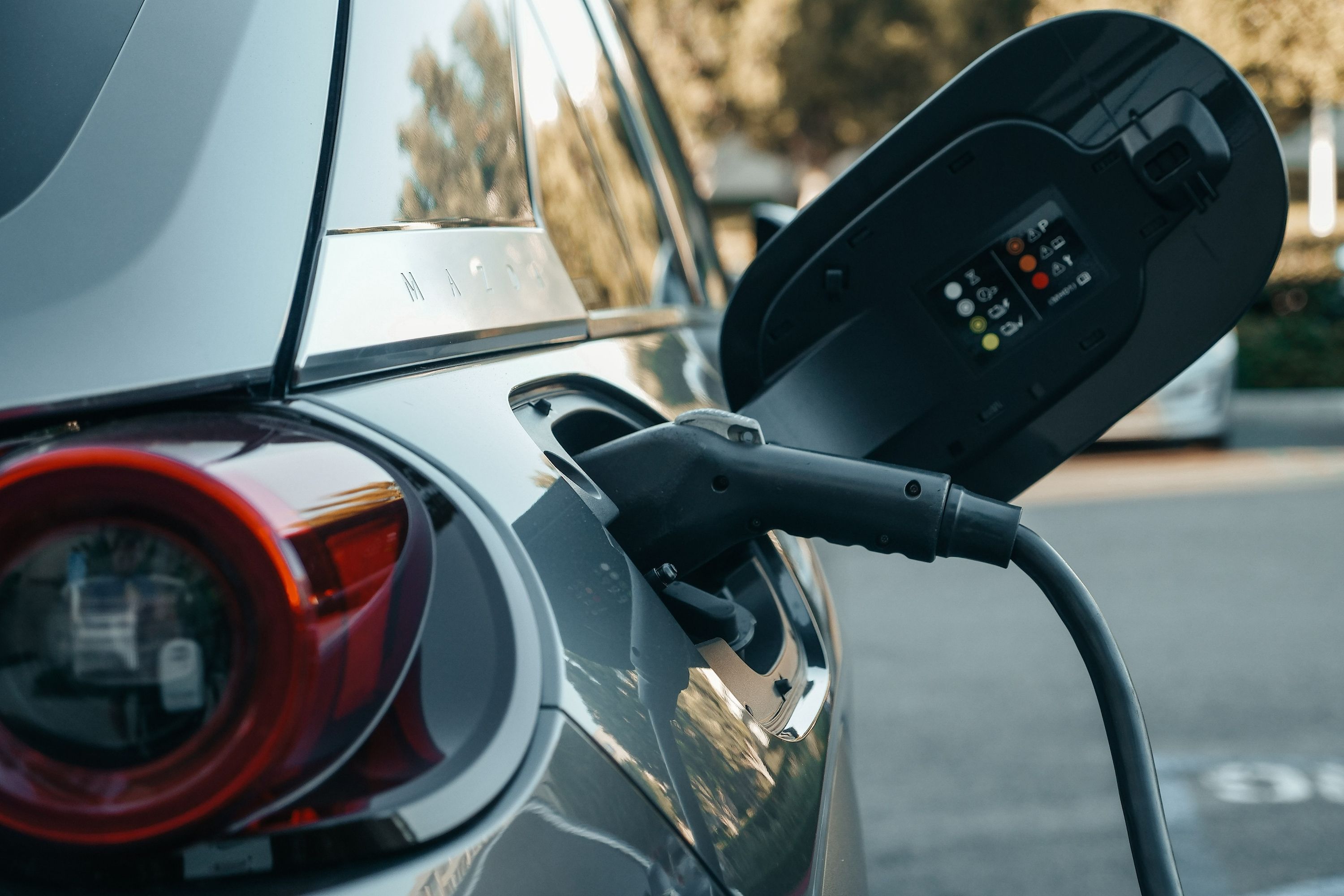
Whether they arise from anti-EV lobbyists or permeate through a case of broken telephone, there are plenty of myths surrounding electric vehicles. While some have been dispelled, like how long a battery might last if you're trapped in a snowstorm, many misnomers still exist, and plenty of them pertain to battery charging and operation. Technology has come a long way since the advent of the EV, and with battery tech rapidly evolving, it pays to stay abreast of the current trends and requirements when it comes to getting the most out of your electric vehicle. When battery life and range are crucial aspects of vehicle ownership, you want to make sure that the claims you buy into remain true for years to come. This requires proper care - and charging habits - of your electric vehicle and its battery.
1. Avoid Extreme Temperatures
Batteries rely on the chemical bonds and reactions between the elements inside them. Modern Lithium-ion batteries have vastly improved the range of temperatures at which they can operate, but ideally, you want to avoid extremes. This pertains to both extreme heat and extreme cold, as either has the potential to reduce battery life in the long run at an expedited rate. On hot summer days, park in the shade or under cover. Likewise, don't park outside in a snow storm where you can help it. Parking in a garage is the best bet, but even under a carport to keep the car away from the worst of the cold will help prolong your battery's lifespan.
When you can't manage that, plugging the car in to charge will mitigate problems, as the battery's thermal management systems will manage things for you, keeping the battery at the right temperature.
2. Ease Up On The 0-60 Runs
The modern EV's biggest party trick is acceleration. With instant torque at any speed, even commuter-oriented EVs are capable of outrunning V8-powered sports cars to 60 mph. But rapidly expelling energy repeatedly isn't good for the battery. Modern management systems can mitigate most of the damage, but if you're engaging launch control at every traffic light and discharging the battery at a rapid rate, it'll affect the longevity of the battery and reduce its range prematurely. We're not being the fun police, though, and occasional pulls are fine, but there's a reason a certain tartan-adjacent EV super-sedan takes nearly 10 minutes to prime itself for a sub-10-second ¼-mile run - batteries don't like it.
3. Use A Slow Charger When You Can
Just like EV batteries don't like being discharged rapidly, they don't like being recharged too rapidly either. Modern EVs are touted as being more convenient than ever because of fast-charging capabilities, but just because you can doesn't mean you always should. Drinking a Red Bull might give you a boost now, but drinking three a day for a week straight instead of sleeping properly will wreck you. The same applies to batteries. Unless you need the quick boost part-way through a long road trip or because you unexpectedly need to cover more mileage in a day than planned, a slow home charge prolongs battery life, placing less stress on the battery cells and making sure they don't burn out prematurely. Fast charging is OK on occasion, but not the best thing to make a habit of.
4. Don’t Charge Up To 100%
It seems counterintuitive; 100% charge is good, right? A full battery can't be bad, right? Well, yes and no. A full battery is great when you're planning a long-distance journey, as that full top-up can often add 20% distance to your total tally, but repeatedly charging to capacity places strain on the chemical bonds, weakening them over time. Draining a battery fully and recharging from scratch is even worse, damaging the cells substantially more, so while a 100% charge isn't a terrible thing, running your battery down completely is even more likely to reduce your battery's lifespan. The ideal range to keep your battery in is 20-80%. With time, this will likely change as battery and charge management systems evolve, trickle-charging the last little bit so as to avoid unnecessary damage, but for the time being, keeping your battery in the middle 60% of its state of charge will prolong its life substantially.
Many EVs can be set to stop charging at a certain state of charge (SOC). This is a helpful tool in maintaining the battery, and one that can be used for vehicles that spend a lot of their life parked and only get driven once or twice a week.

